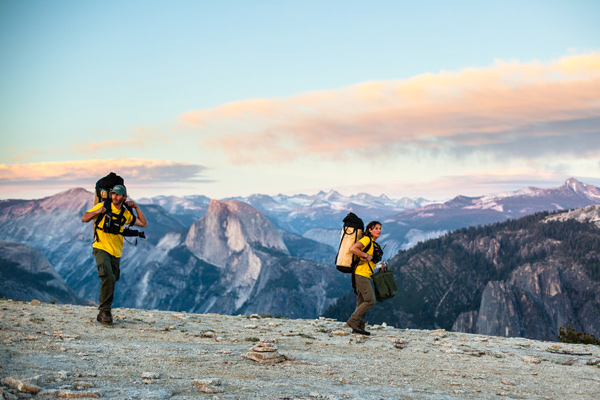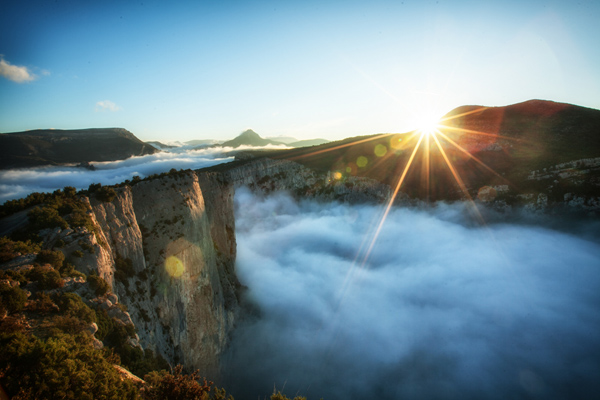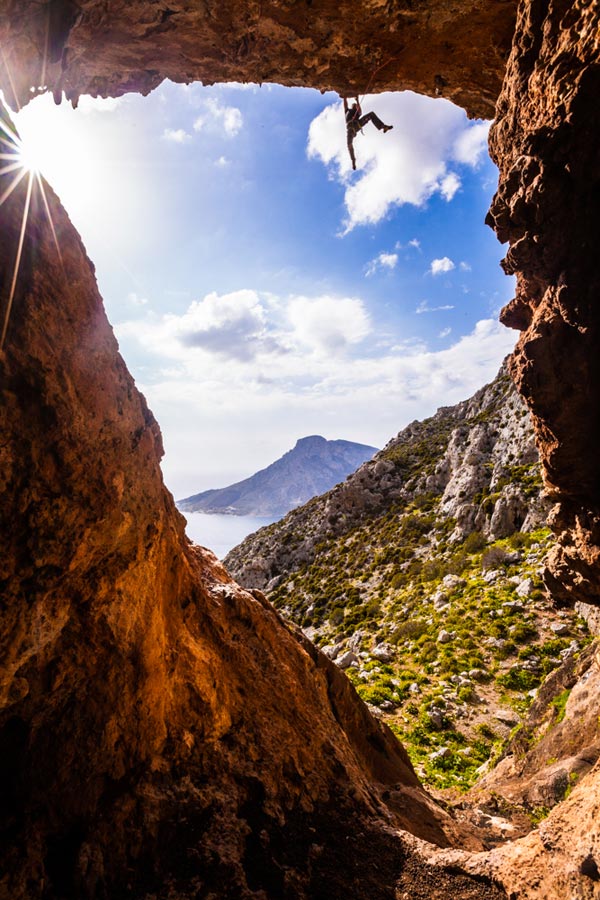In the last 6 months, I’ve been extremely lucky to shoot around the world, and I hope to share a few things that I’ve learned in each location.
1. Yosemite
Follow your inspiration.
I have been in love with a place so much, that I have revolved my life around living there. For the past three years, I have been able to call Yosemite home more than anywhere else. I work seasonally for Yosemite Search and Rescue team, and feel super lucky to live in such a beautiful and inspiring place. I know this isn’t alway possible to move to your dream location, but it is important to make a strong effort to visit those places that are visually inspiring to refresh your soul.
2. Verdone Gorge, France
Get up early!
This one is obvious, and you’ve heard it over and over again. It’s very painful for me to catch the first light of the day, but I personally think that sunrise is the most visually powerful part of the day.
3. Hampi, India
Lens compression
Think about how different scenes will look with different lenses. Wide vs. long lenses have a very different look and feel in images. I never fully understood this, even when I had owned both types of lenses!

background compared to the next image)

If I were to switch to a long lens and step back a ways, the climber would be the same
size in the photo, except the background would appear much larger.
4. Jaipur, India
Just ask.
I’m 100% introverted, scared of strangers, and quite shy. While traveling around India and Nepal, I’d see something beautiful, usually an interesting person, and often I’d miss the shot just because I was too afraid to walk up to that person ask to take their photo. For me, it’s a slow and grueling process to get better at this. Only about 10% of the time someone would say no. Be respectful, ask when it’s appropriate, smile big, and don’t be afraid to get turned down.
5. Phortse Village, Khumbu Valley, Nepal
Be there.
Just before I went out to take some photos, it was super foggy, cold, and I was feeling tired and unmotivated. There wasn’t anything particular I wanted to shoot, and thought I might be wasting my time. I went out anyway, and ended up getting some of the best images and timelapses of the entire trip. Sometimes being there waiting for to find something interesting to shoot is extremely important.
6. Kathmandu, Nepal
Patience.
Instead of going out and finding something to shoot, sometimes it’s important for the shot to come to you. I hadn’t taken any photos I was happy with until this one just unfolded in front of me.
7. Kalymnos, Greece
Separation
A shallow depth of field, silhouette, difference in color are all things that can help your subject stand out. To make stronger images, simplify the composition, and separate your subject from the background.
Gear Recommendations
These are the bags that have helped me focus less on gear and organization, and more on the creative process of shooting while traveling:
Kit Cube
This is by far my favorite camera bag for traveling around the world with a DSLR and
three lenses. I slide it into a 35L backpack, making my entire kit discrete. Traveling
around India and Nepal, I would usually walk around with the camera around my neck,
with other essentials in my backpack.
 Descent
Descent
The best bag for running around with a DSLR body and three lenses on a photo/video shoot.
- When shooting climbing while hanging off of the wall, the bag greatly decreases the chance of dropping something while switching lenses.
- Your DSLR can fit in the bag with 70-200 attached.
- Your DSLR can fit in the bag without having to take off external microphone.
Zoom (Medium)
- Shoulder strap neck pad prevents chafing during all day use and while climbing. – – – Waist strap helps keep the camera at your hip when climbing, while most over the shoulderstrap bags will let the bag swing to the front of your body
- It fits lens full frame body and 70-200 (will not fit with lens hood on).
- DSLR+standard zoom lens+ small prime lens (such as 50mm) can all fit in the bag.
Kit Cube Traveler
- Very versatile because it can be used with different backpacks or luggage.
- Slide into luggage or a large backpack.











Excellent post Cheyne. Really enjoyed these images as well as your experience and advice. Cheers man !!